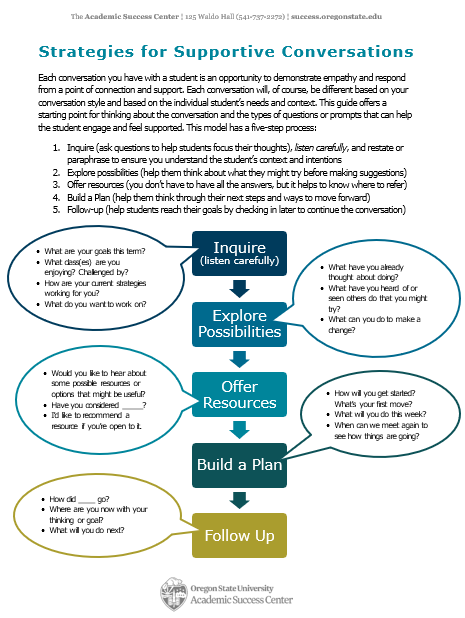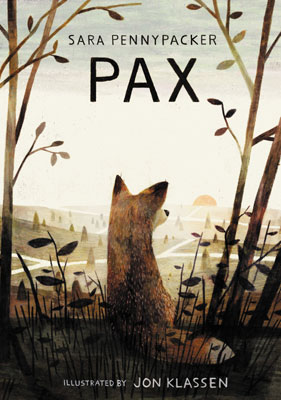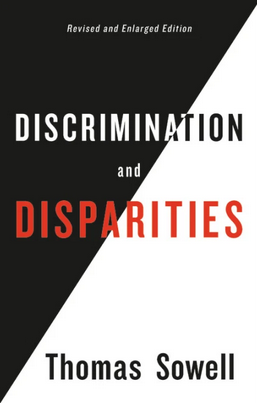by Anika Lautenbach and Sarah Norek
This year students have been asked to adapt to myriad changes and uncertainty. Throughout these transitions, students have experienced collective grief and trauma, while also balancing the needs of family, work, school, and other commitments. We know none of this is easy, and we want to share some key ideas about grief and trauma and how they show up in learning contexts.
Grief & Trauma
This summer, Chris and Anika attended a Trauma-Informed Care workshop presented by the Oregon Family Support Network. This workshop emphasized how trauma impacts the brain in many ways—affecting problem-solving, reasoning and learning, and perception of time and the world around us. Trauma can also cause disassociation—feeling separate from self and surroundings—and can trigger fight, flight, and freeze reactions. These are extremely challenging states to learn in, and these are states that our students (and our colleagues and ourselves) are experiencing regularly (Canaga, 2020).
Additionally, Sarah and Clare, partnered with CAPS to design a webinar and Canvas module Learning During Times of Stress. The webinar and module content help students identify and understand feelings of loss, anxiety, fatigue and overwhelm, and provide them with strategies to navigate the experience while taking care of themselves. We learned a lot from our colleagues Emi Brown and Bonnie Hemrick about the symptoms of grief and how these symptoms manifest in our daily lives.
When we experience grief and overwhelm and fatigue, it isn’t uncommon to see changes in our sleeping and eating patterns or to have difficulty with focus or memory. In addition, we may either feel like disengaging or wanting to be even closer to those with whom we find comfort. You may also have heard of anticipatory grief—thinking ahead to loss—in response to something that hadn’t happened yet. Not surprisingly, all of these feelings and experiences can impact a student’s ability to focus and learn.
In a 2020 Healthy Minds Study, 30.5% of students reported that their mental health conditions negatively impacted their academic performance. 31.1% of students reported that anxiety impaired their academics. You can read more about the impact of COVID-19 on college student well-being here.
Even though only 31% of students actively identify the impact of anxiety on academics, many more students may report symptoms associated with anxiety. How students describe their experiences may vary, and students may be experiencing the impact of trauma, grief, or anxiety, even if they use different language when describing their experiences.
Student Experiences
During spring term, students often shared their feelings of frustration, sadness, worry, and fatigue. Students offered that they were feeling overwhelmed by coursework, that things which had previously been easy were now difficult, and that it was difficult to focus and stay motivated. At the same time, they were worried for loved ones, experiencing job losses, and navigating new responsibilities within living spaces. All of these experiences are likely amplified by pandemic’s disparate impacts on marginalized communities, as well as the continued racial injustice and violence.
From the Spring Student Experience Survey and from the Fall Survey conducted in September, we know students continue to experience concerns about mental and physical health and the well-being of their family and friends. In addition, students have expressed concerns about academics, finances, and responsibilities like work and caregiving. If you’d like to learn more about the survey findings, please consider registering for the FYI Friday Session, or contact Clare Creighton for access to the report.
We’ve learned a lot from workshops, collaborations, and students. While students may find remote and online learning a little more familiar this term, we know that they’re still adapting and facing trauma, grief, and overwhelm that make learning difficult. We’d encourage everyone to keep this in mind while also being active in reaching out to students, checking how they’re doing, and engaging in supportive conversations.
Canaga, S. (2020). OSU Trauma Informed Care [Webinar]. Oregon Family Support Network. https://www.ofsn.org/
The Impact of COVID-19 on College Students’ Well-Being (2020). Healthy Minds Network and American College Health Association. https://healthymindsnetwork.org/wp-content/uploads/2020/07/Healthy_Minds_NCHA_COVID_Survey_Report_FINAL.pdf







